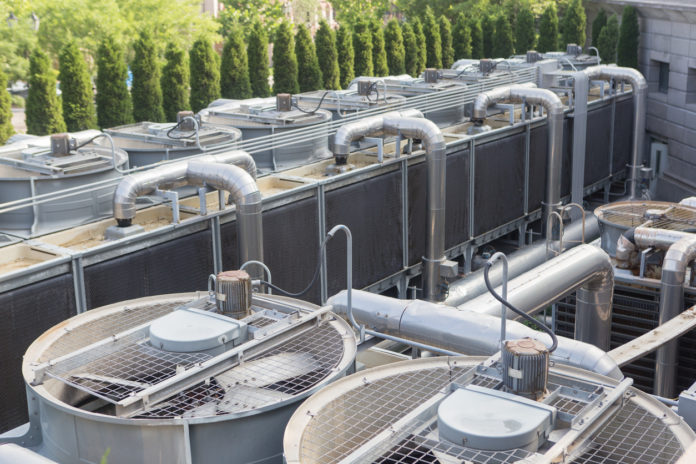Heat recovery ventilation systems are increasing in popularity around the world. Not only do they help to improve the air quality in our homes, but they also help to reduce our carbon footprint and energy bills.
Almost all homes can benefit from installing a heat recovery ventilation system including smaller homes and homes in inner cities. However, there are a few things you need to think about before installing one of these systems in your home. Below are some of our top things to consider:
1. Size is Important
This may be obvious to many of you, but the smaller your property, the less room you have available to fit one of these systems. The majority of heat recovery ventilation systems like the ones from BPC Ventilation are wall-mounted; usually inside a cupboard. This means that the size of the unit you fit needs to suit your property. If you have a small property, your system needs to be compact.
If you can’t install your heat recovery ventilation system in a cupboard, then a ceiling void should be considered. You should pay close attention to the depth of the unit and the weight when considering which one to buy. Some ventilation systems are built to be light and compact enough to be fitted in restrictive ceiling voids.
2. Silence is Key
Nothing is worse than living in a noisy home. If you’re considering installing a heat recovery ventilation system, but you’re worried about it being too noisy, don’t be. A correctly installed and well-designed heat recovery ventilation system shouldn’t be noisy. There are a number of systems available that create less than 24dBA (typically whisper noise).
There are also a number of accessories that you can purchase to make your system even quieter. One example of this is an Anti-Vibration tray. These trays isolate the system from the wall which in turn reduces the noise from vibrations. These accessories can be particularly useful in smaller properties where the unit has to be placed in close proximity to a bedroom or main living area.
3. On the Move
These systems are only as good as the ducting used, so installing good-quality ducting is essential. It’s easy to spot poor ducting – the channel of the pipe looks like it’s concave or the wall thickness looks uneven. This has an impact on the airflow, overall effectiveness and sound of a heat recovery ventilation system.
Heat recovery ventilation systems are increasing in popularity. They are a cost-effective way of improving indoor air quality by getting rid of stale air. They work by extracting and re-using heat that is generated in wet rooms, such as the kitchen and bathroom.
These systems efficiently temper the clean, fresh air drawn into the property with the stale air inside the property using a heat exchanger. It has been shown that nearly 94% of waste heat can be recovered by using one of these systems. The tempered, filtered air is then circulated around the property, effectively meeting some of the heating load in energy-efficient dwellings. More and more people are using these systems in their homes to reduce their energy bills, reduce their carbon footprint, and improve the air quality.






